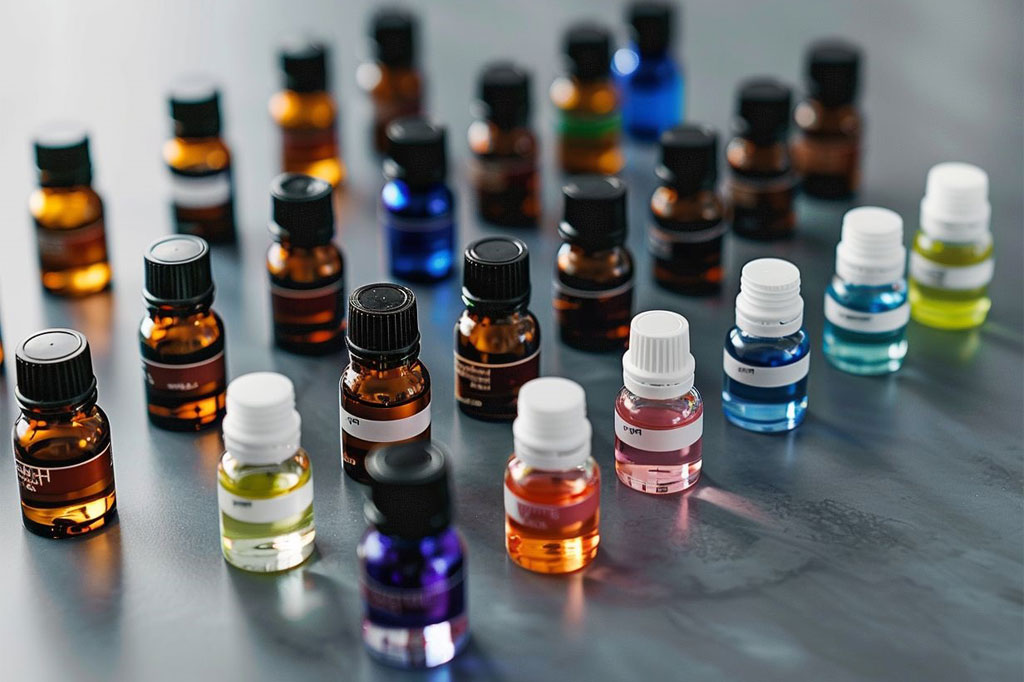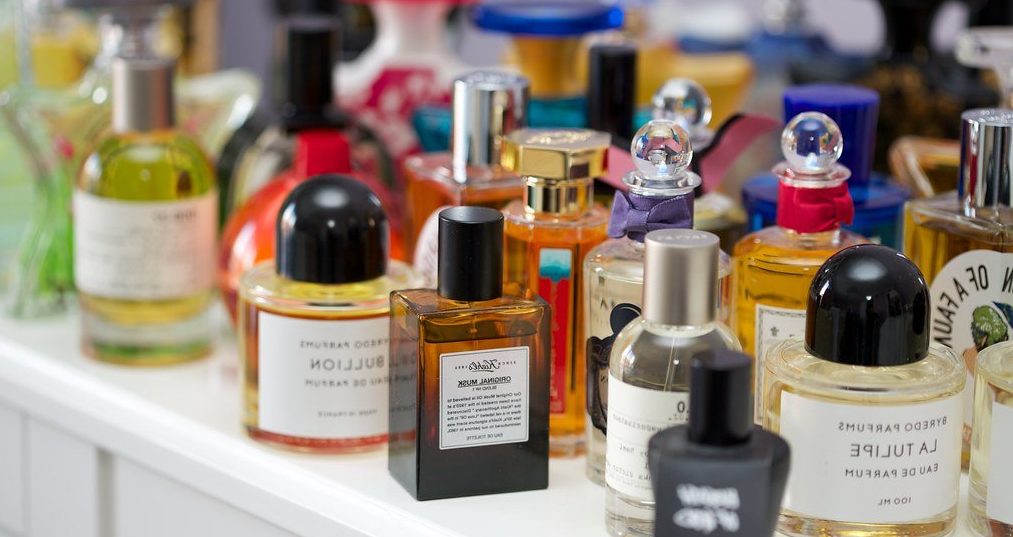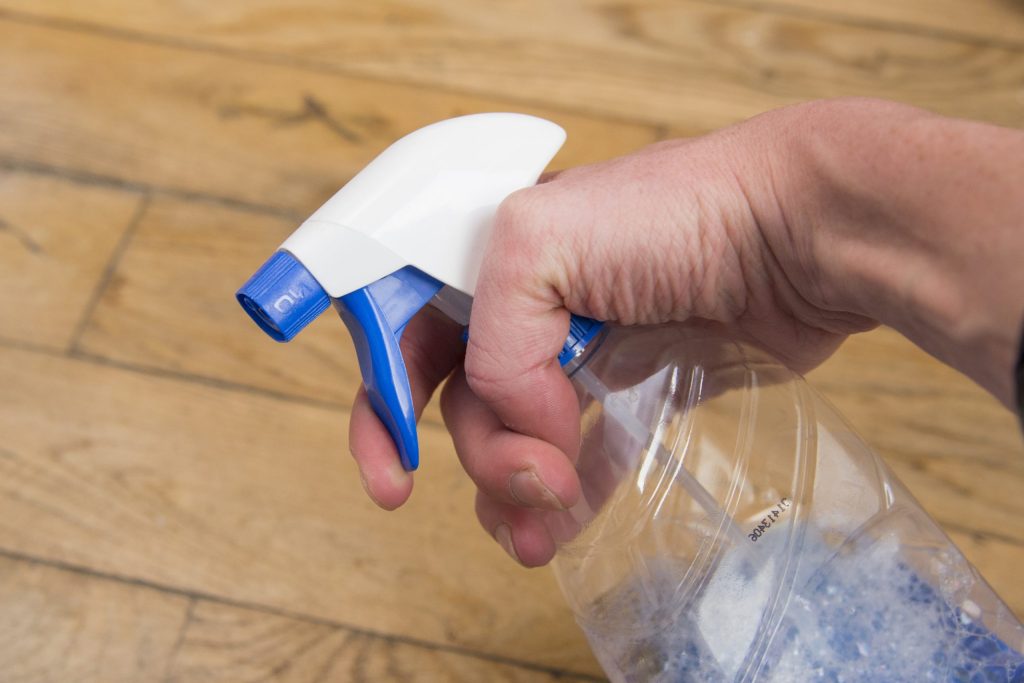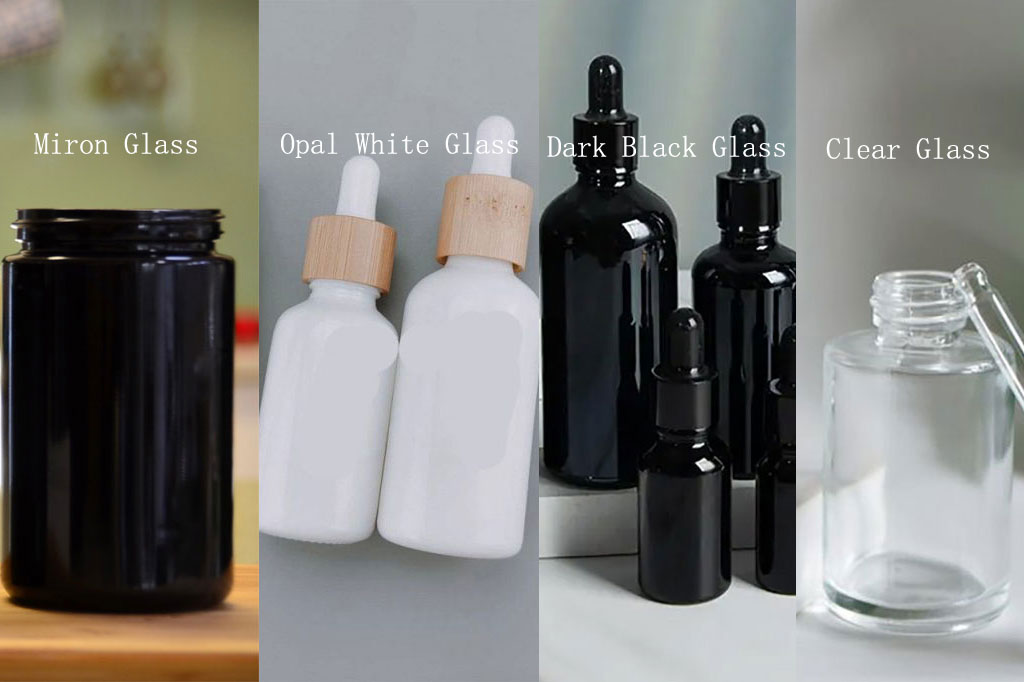Essential oils are prized for their aromatic and therapeutic properties, but their potency and quality are not permanent. One of the most crucial factors affecting the longevity of essential oils is bottle color. The color of the bottle in which an essential oil is stored plays a significant role in determining how long the oil retains its chemical stability, fragrance, and effectiveness.
In this article, we explore how light exposure impacts essential oils, why bottle color matters, and what colors are most effective in preserving these delicate substances.
The Sensitivity of Essential Oils to Light
Essential oils are volatile and photo-sensitive. This means they evaporate quickly and degrade when exposed to environmental elements such as heat, air, and light—particularly ultraviolet (UV) light.
When exposed to light, especially sunlight or artificial fluorescent lighting, essential oils can undergo a process called oxidation. This alters their chemical structure and can:
- Reduce therapeutic efficacy
- Change aroma profile
- Cause skin irritation or sensitization
- Lead to rancidity or cloudiness
Some essential oils—like citrus oils (e.g., lemon, bergamot)—are more vulnerable to photodegradation due to the presence of light-sensitive compounds like limonene or furanocoumarins.
How Bottle Color Protects Against Light
The color of the bottle functions as a physical barrier that filters certain wavelengths of light. Different colors have different light-blocking abilities, especially when it comes to UV rays.
Let’s examine the most common bottle colors and how they affect the shelf life of essential oils:
1. Amber (Brown) Bottles
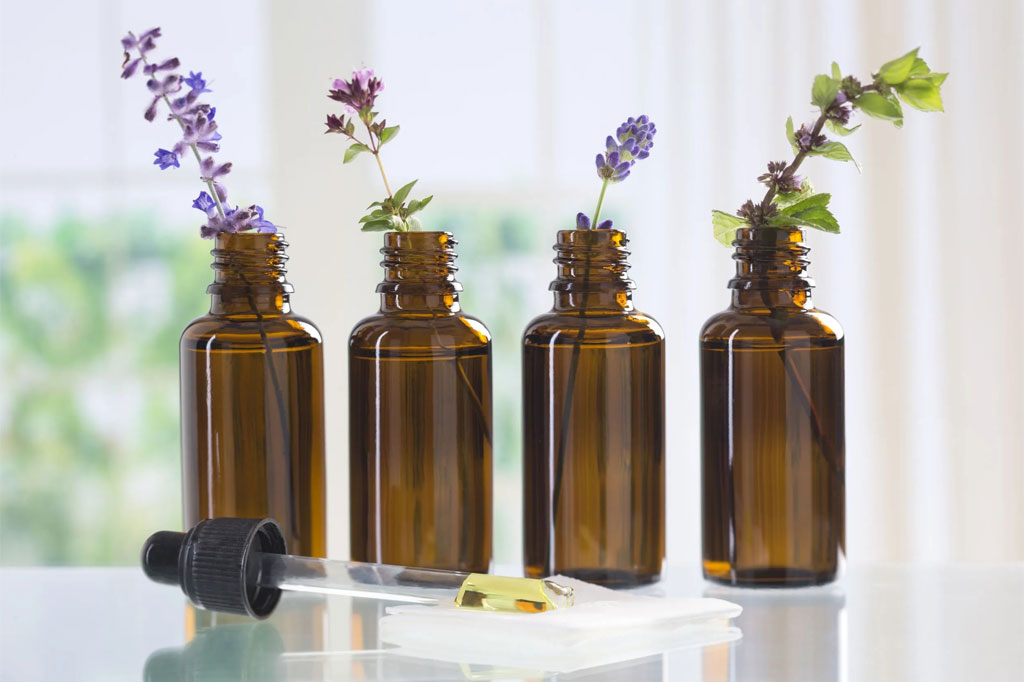
Amber bottles are the most widely used containers for essential oils—and for good reason.
Benefits:
- Block approximately 97% of UVB and UVA rays
- Inexpensive and widely available
- Offer a good balance of protection and visibility
Amber glass significantly slows down the photo-oxidation process, especially in oils with light-sensitive compounds. For this reason, they are considered the industry standard for essential oil packaging.
Best for:
- All essential oils, especially those prone to light degradation
- Products meant for general storage and consumer use
2. Cobalt Blue Bottles

Cobalt blue bottles are attractive and popular in cosmetic and aromatherapy products, but their functionality goes beyond aesthetics.
Benefits:
- Blocks around 50% of UV rays
- Protects better than clear glass, but not as much as amber
- Offers product differentiation and visual appeal
Cobalt blue bottles are suitable for short-term use or for oils stored in dark environments. However, they are less protective than amber when it comes to prolonged sunlight exposure.
Best for:
- Niche or luxury essential oil products
- Short-term storage or for use in dark storage conditions
3. Green Bottles
Green bottles fall somewhere between clear and cobalt in terms of light protection.
Benefits:
- Moderate UV protection (~30–50%)
- Aesthetic appeal for natural or herbal branding
However, green glass doesn’t block UV rays as effectively as amber or even cobalt blue. As such, it’s not ideal for long-term storage unless combined with other protective measures.
Best for:
- Essential oils used quickly after bottling
- Complementary packaging for eco-focused branding
4. Clear Bottles
Clear glass bottles offer no UV protection.
Drawbacks:
- Allow 100% light penetration
- Cause rapid degradation of light-sensitive essential oils
Clear bottles are sometimes used for display or marketing purposes but should be avoided for storing essential oils unless the bottle is kept in a light-proof secondary container or stored exclusively in the dark.
Best for:
- Display samples only
- Oils used immediately upon opening
5. UV-Protective Miron (Violet) Glass
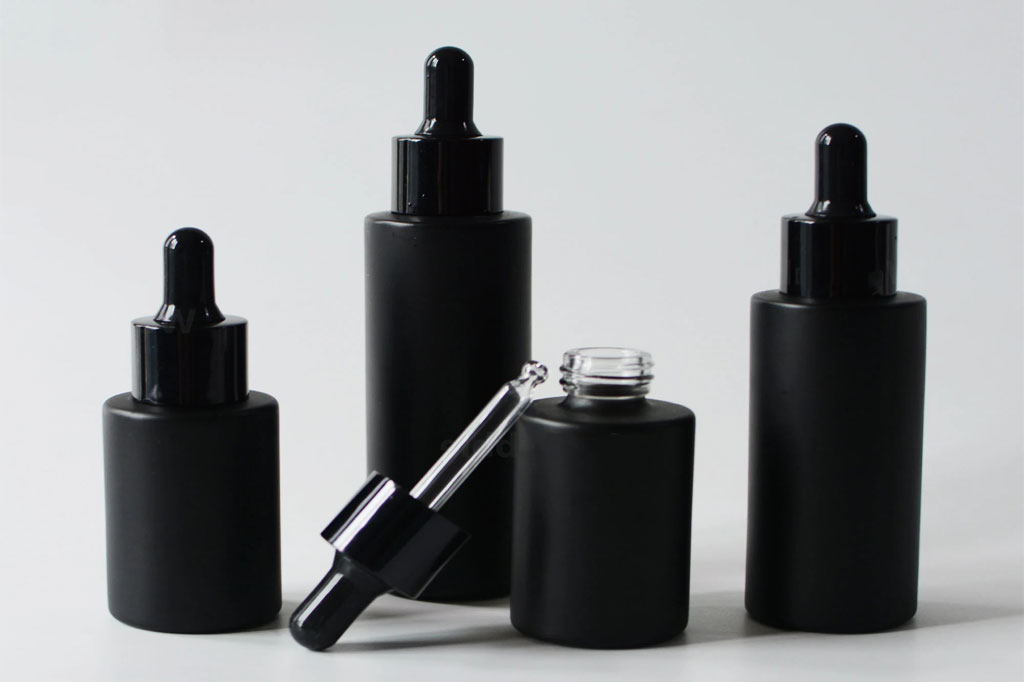
Miron or violet glass is a high-end option designed specifically to preserve bioactive products.
Benefits:
- Blocks almost all visible light except violet and infrared
- Preserves aroma, energy, and molecular integrity
- Offers the highest level of protection among all bottle types
Violet glass is ideal for sensitive and expensive essential oils that require long-term storage.
Best for:
- High-value oils like rose, frankincense, or sandalwood
- Long shelf life requirements
- Premium or luxury product lines
Light Exposure vs. Shelf Life: What’s the Impact?
The average shelf life of essential oils varies depending on the type of oil and storage conditions:
| Essential Oil Type | Average Shelf Life (Amber Bottle, Proper Storage) |
|---|---|
| Citrus oils (Lemon, Orange) | 1–2 years |
| Wood oils (Sandalwood, Cedarwood) | 4–8 years |
| Resin oils (Frankincense, Myrrh) | 4–6 years |
| Herb oils (Lavender, Rosemary) | 3–5 years |
Using a clear or insufficiently protective bottle can reduce this lifespan by up to 50% or more, depending on storage conditions.
Additional Factors That Influence Shelf Life
While bottle color is crucial, other factors also play a role in preserving essential oil quality:
1. Storage Temperature
Heat accelerates the breakdown of essential oil compounds. Always store oils in a cool (below 25°C), dry environment.
2. Air Exposure
Oxygen causes oxidation. Use bottles with tight-fitting caps and consider reducers or dropper inserts to minimize air exposure.
3. Bottle Size
Store oils in appropriately sized bottles to reduce headspace (air gap), which can lead to faster oxidation.
4. Material Quality
Only high-quality glass bottles should be used—never plastic—as essential oils can dissolve certain plastics and become contaminated.
Recommendations for Best Practice
- Choose amber or violet bottles for all long-term essential oil storage needs.
- Avoid clear glass unless for immediate use or aesthetic presentation in controlled lighting.
- Keep oils away from windows, fluorescent lighting, or direct sunlight.
- Always label bottles with batch numbers and dates for proper inventory rotation.
- Store in dark wooden boxes, drawers, or cabinets to further limit light exposure.

